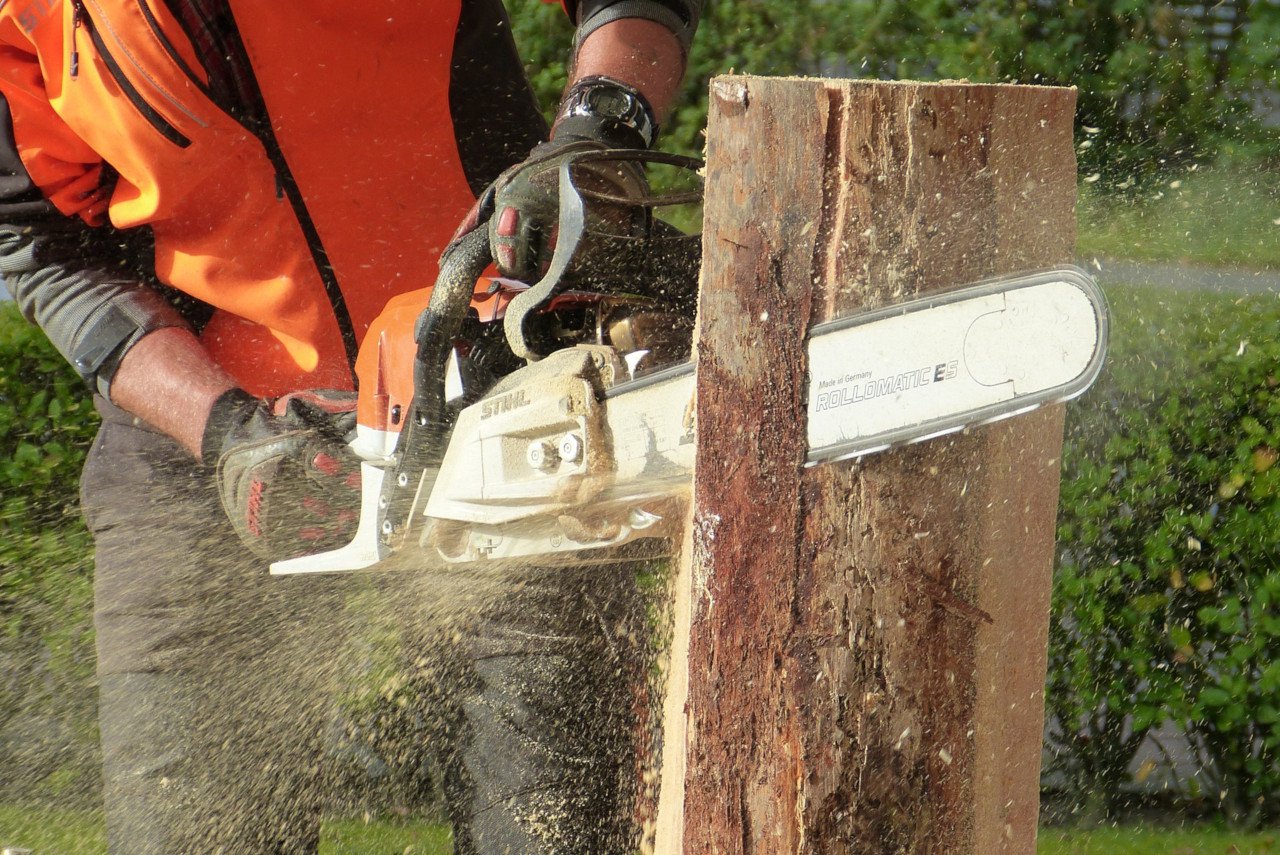This study provides some insight into the primary occupation of apprentices in the years leading to commencing training. This information can inform decisions on how to attract more individuals into the trades sector. With most new trainees for manufacturing coming from the workforce, this provides an appealing target for talent attraction. Secondary schools may be a beneficial target for the construction sector; however, the result may not be immediate as often school leavers take a few years off study before moving into ITO training.
As there is a growing focus on attracting secondary school students into the trades, it is important to investigate the historical sources of apprentices. This can provide insight into what may have made an industry attractive and potential new targets for future attraction programmes.
This report explores the path individuals took to eventually becoming an apprentice. It outlines the differences between age groups and genders to demonstrate potential alterations in talent attraction strategies for different demographics.
To understand where ITO trainees and apprentices come from, the intakes into each ITO were categorised by their primary occupation the year before starting training. This was computed using training enrolments and working history found in IRD records.
The workforce was the largest source of trainees across each of the ITO’s followed, with many already employed in the industries related to their training. BCITO had the most trainees transition straight from secondary school while Skills Org has the most university students. Competenz trainees were mostly sourced from the workforce. BCITO and Skills Org mostly train workers for the construction sector, while Competenz trains workers for the manufacturing sector. This may suggest that the construction sector is more attractive to secondary students while the existing workforce is more drawn to manufacturing.
To investigate areas of study in each ITO, right-click on the ITO’s bar and select ‘Drill Down’. Areas of training are sorted left to right by the number of trainees.
Methodology
For each year from 2007 to 2016 we take all new trainees in the ITO's we follow. From these trainees, we track their primary activity each year prior to starting training within the period of 2007 to 2016. We rank activities in order of:
- ITO training
- Tertiary study
- Polytechnic study
- Secondary schooling
- Employer (Workforce)
- Employee (Workforce)
- Beneficiary
- Overseas
For this analysis we only report the primary activity in the year prior to starting training. Training is derived from Ministry of Education records checking whether the year prior was within their defined start and end dates. ITO training areas are defined through the qualification details provided by the Ministry of Education.
The chart below shows the primary activity of trainees each year before starting ITO training. Many trainees had recently finished secondary school before starting ITO training, suggesting that it is common to work for a few years before entering further training. A significant portion of the ITO trainees have a long history of working in a related industry.
Methodology
For each year from 2007 to 2016 we take all new trainees in the ITO's we follow. From these trainees, we track their primary activity each year prior to starting training within the period of 2007 to 2016. We rank activities in order of:
- ITO training
- Tertiary study
- Polytechnic study
- Secondary schooling
- Employer (Workforce)
- Employee (Workforce)
- Beneficiary
- Overseas
For this analysis we aggregate across the new ITO trainees each year and their primary activities each year prior to starting training. ITO training areas are defined through the qualification details provided by the Ministry of Education.
Unsurprisingly, the younger age groups have a higher proportion of secondary school enrolments in the years prior to starting ITO training. The older age groups have a higher proportion of individuals that were employed in a related industry prior to starting training.
Methodology
Men were more likely to be a secondary student in the years leading into starting ITO training than women, suggesting more men start ITO training within a few years after finishing school than women. Women were more likely to be working in a related industry than their men counterparts.
Methodology
Access to the data used in this study was provided by Stats NZ under conditions designed to give effect to the security and confidentiality provisions of the Data and Statistics Act 2022. The results presented in this study are the work of the author, not Stats NZ or individual data suppliers.
These results are not official statistics. They have been created for research purposes from the Integrated Data Infrastructure (IDI) which is carefully managed by Stats NZ. For more information about the IDI please visit https://www.stats.govt.nz/integrated-data/.
The results are based in part on tax data supplied by Inland Revenue to Stats NZ under the Tax Administration Act 1994 for statistical purposes. Any discussion of data limitations or weaknesses is in the context of using the IDI for statistical purposes, and is not related to the data's ability to support Inland Revenue's core operational requirements.

